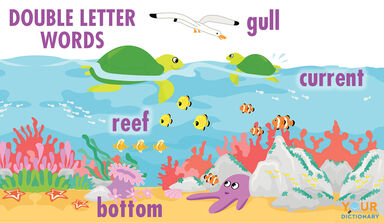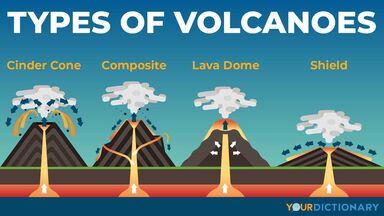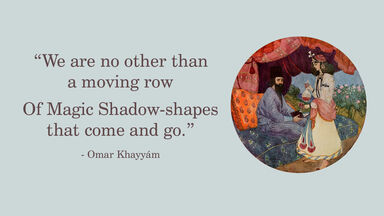Murray and Renard define globigerina ooze as containing at least 30% of calcium carbonate, in which the remains of pelagic (not benthonic) foraminifera predominate and in which remains of pelagic mollusca such as pteropods and heteropods, ostracodes and also coccoliths (minute calcareous algae) may also occur.
These peculiarities, combined with the striking absence of mineral constituents, distinguish the eupelagic globigerina ooze from the hemipelagic calcareous mud.
Out of 118 samples of globigerina ooze obtained by the " Challenger " expedition 84 came from depths of 1500 to 2500 fathoms, 13 from depths of loon to 150o and only 16 from Scot.
Pteropod ooze is merely a local variety of globigerina ooze in which the comparatively large but very delicate spindleshaped shells of pteropods happen to abound.
The reddish colour comes from the presence of oxides of iron, and particles of manganese also occur in it, especially in the Pacific region, where the colour is more that of chocolate; but when it is mixed with globigerina ooze it is grey.





